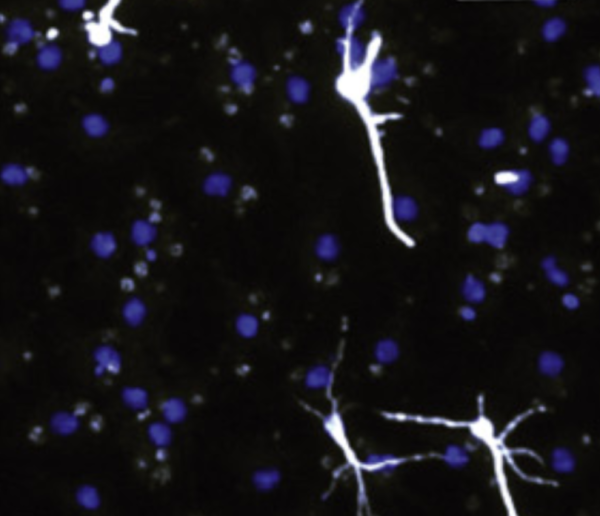A Friendly Bet Turned Major Scientific Discovery
IRP Investigator Bevil Conway Discusses the Science Behind the Headlines
What started as a friendly bet between investigators soon produced a major scientific discovery that calls into question the long-standing notion that non-human primates serve as accurate models for the way human brains function. The study, conducted by IRP investigator Bevil Conway, Ph.D., made headlines recently with reports in outlets such as NPR and U.S. News and World Report. We’re going Behind the Headlines with Dr. Conway to dive deeper into the story, understand the significance of his findings, and see where his work could lead.










